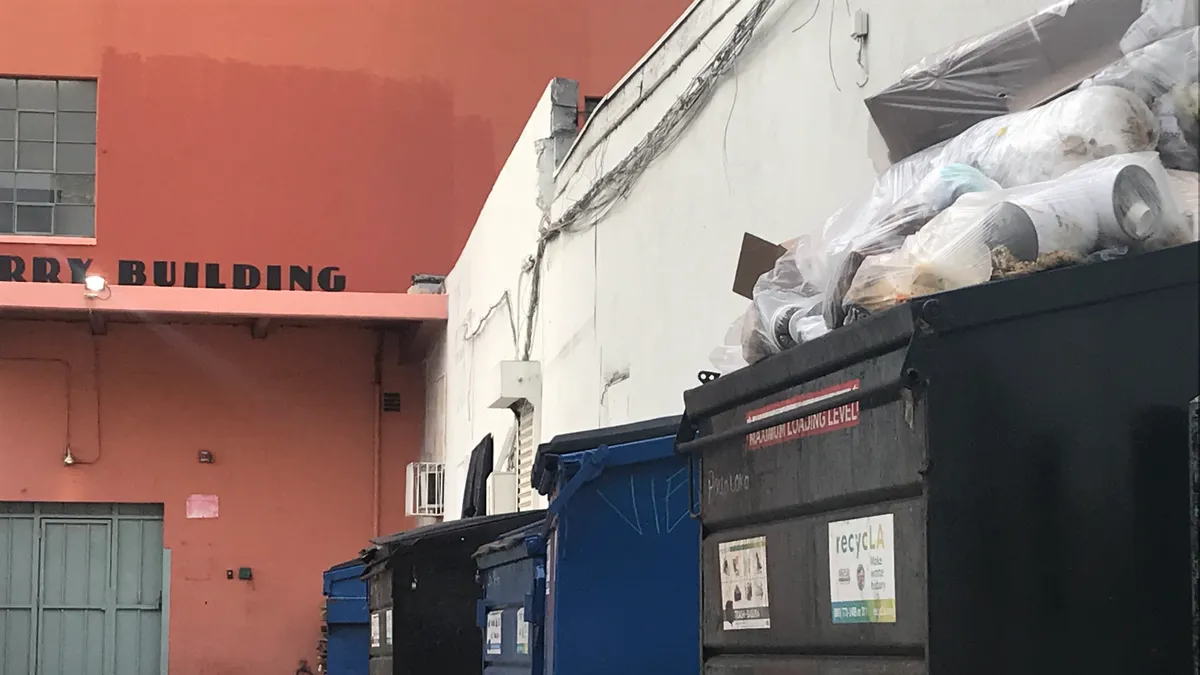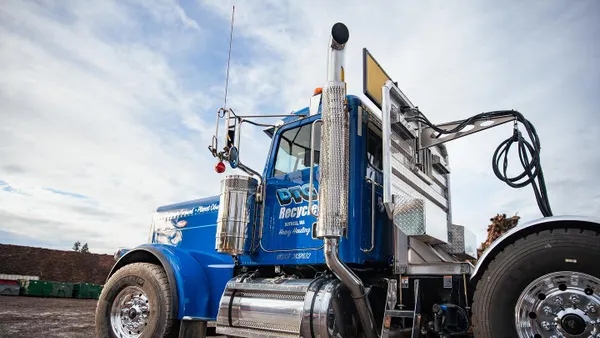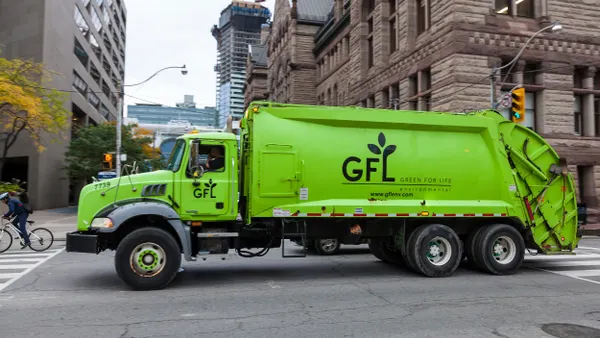Dive Brief:
-
According to a report from Orb Media, a nonprofit digital journalism organization based in Washington, D.C., 93% of 259 bottles of branded water it tested contained microscopic pieces of plastic. The water came from 11 different brands — including Aquafina (PepsiCo), Dasani (Coke), Evian (Danone), Nestle Pure Life and San Pellegrino (Nestle) — and was purchased in 19 locations in 9 countries.
-
The highest level found was more than 10,000 particles per liter, while the lowest was zero. The average across all brands was 325 microplastic particles per liter. The report stated that the plastic particles contained polypropylene, nylon, and polyethylene terephthalate (PET).
-
Nestle, The Coca-Coca Company and other bottled water manufacturers responded by noting that microplastics are common in the environment and that their filtering and testing protocols are designed to assure the safety of their products. Following the Orb Media report, the World Health Organization told the BBC that it planned to assess the current level of research and review how much of a threat microplastics pose to public health.
Dive Insight:
Bottled water manufacturers have a lot to lose if their products are seen as being contaminated with plastic, even if the particles are microscopic and relatively small in number. Bottled water is a $147-billion global industry and has been growing at about 9% per year, according to Zenith Global figures quoted by The Economist.
The study found a wide range of microscopic plastic particle levels across brands — and even varying levels within brands — which makes it hard to gauge the severity of these findings. The report noted that most ingested microparticles, depending on size, could pass through the intestines and not cause problems, but that some could possibly migrate to the lymphatic system. It added that little research has been done in this area and that some scientists view that factor as cause for concern.
These findings may not be a surprise to the waste industry, however. Marine waste — and plastics especially — have been a hot topic for years, and the industry is well-aware of how much plastic winds up in waterways on a regular basis. Plastics in water do break down overtime, creating the microplastic particles that Nestle and Coca-Cola said are common in the environment.
Diverting plastic from entering the environment, and finding ways to integrate non-virgin plastic into new products, has been something of a priority for some sectors of the waste and recycling world — and the efforts have gained prominent political attention, too. Canada's environment minister, for example, recently declared she wants to build on a "zero-plastics-waste" charter, and British Prime Minister Theresa May wants her country to cut out all "avoidable" plastic waste in the next 25 years.
And it's not just governments. At the Our Ocean Conference in October, the Ocean Conservancy partnered with a number of corporations, including PepsiCo, Proctor & Gamble and the American Chemistry Council to announce a $150 million funding plan to divert plastic waste from reaching the ocean. Earlier in March, Closed Loop Partners announced they were seeking to expand their efforts in Southeast Asia, a major source of plastic waste pollution.
Efforts to remove plastic waste from the environment could be a step in reducing the amount of plastic microparticles that eventually wind up in water bottles. Plastic that's diverted from landfill (or from becoming litter) can also re-enter the value chain as a scrap commodity.









